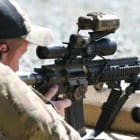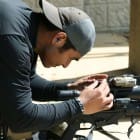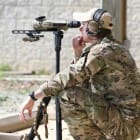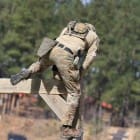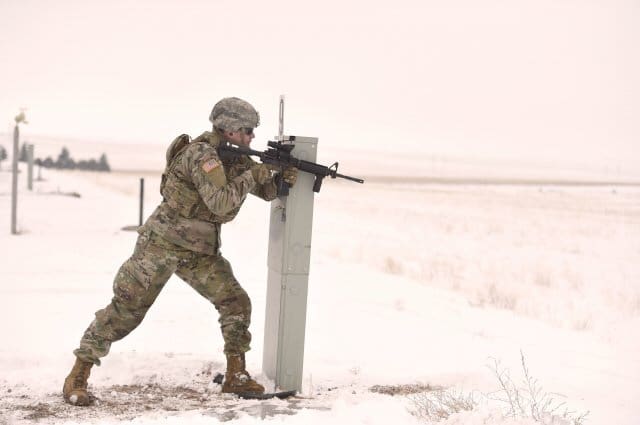This is the fifteenth installment of ‘Max Talk Monday’ which shares select episodes from a series of instructional videos. Max Velocity Tactical (MVT) has established a reputation on the leading edge of tactical live fire and force on force training. MVT is dedicated to developing and training tactical excellence at the individual and team level.
Break Contact Flank (Right) Team Drill is video footage of a team break contact drill conducted at the Texas Class 2019. This was a team level live fire training exercise with simulated enemy to the right side of the trail. As some are likely to point out, the team was moving on a trail, and a rolling (multi-target) contact is simulated from the right side, in order to keep the peel going for longer for training benefit. Utilizing a trail is an effective training aid because the route in is clearly markedly / recognizable; moving back along same is the drill for getting out of the contact – back along the route already traveled. The drill shown is the immediate action drill, which can be subsequently modified by leadership if required due to increased complexity of the situation. However, it is important to have a drilled, violent, effective immediate action drill to maximize the chances of surviving a contact such as this.
Max is a tactical trainer and author, a lifelong professional soldier with extensive military experience. He served with British Special Operations Forces, both enlisted and as a commissioned officer; a graduate of the Royal Military Academy Sandhurst. Max served on numerous operational deployments, and also served as a recruit instructor. Max spent five years serving as a paramilitary contractor in both Iraq and Afghanistan; the latter two years working for the British Government in Helmand Province, Afghanistan.
Website: Max Velocity Tactical
YouTube: Max Velocity Tactical


















